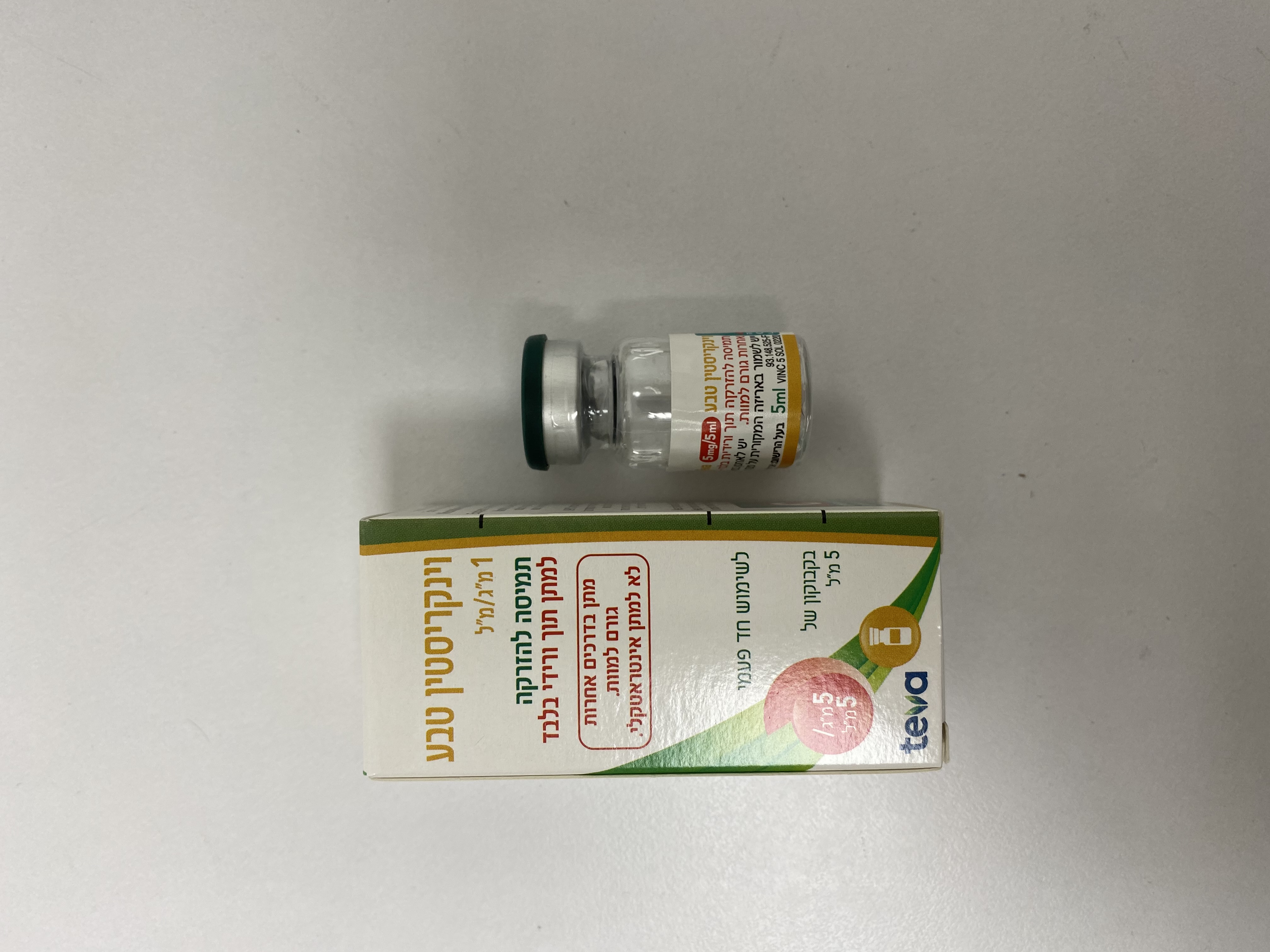Quest for the right Drug

וינקריסטין טבע VINCRISTINE TEVA (VINCRISTINE SULFATE)
תרופה במרשם
תרופה בסל
נרקוטיקה
ציטוטוקסיקה
צורת מתן:
תוך-ורידי : I.V
צורת מינון:
תמיסה להזרקה : SOLUTION FOR INJECTION
עלון לרופא
מינוניםPosology התוויות
Indications תופעות לוואי
Adverse reactions התוויות נגד
Contraindications אינטראקציות
Interactions מינון יתר
Overdose הריון/הנקה
Pregnancy & Lactation אוכלוסיות מיוחדות
Special populations תכונות פרמקולוגיות
Pharmacological properties מידע רוקחי
Pharmaceutical particulars אזהרת שימוש
Special Warning עלון לרופא
Physicians Leaflet
Pharmacological properties : תכונות פרמקולוגיות
Pharmacodynamic Properties
5.1 Pharmacodynamic properties Pharmacotherapeutic group: antineoplastic agent-vinca alkaloid ATC code: L01C A02 Vincristine sulfate is a salt of vincristine, an alkaloid obtained from the periwinkle plant Vinca rosea Linn. Vinca alkaloids are classical “spindle poisons”, that bind to the microtubular protein tubulin and block cells during metaphase by both preventing polymerisation of tubulin and subsequent formation of microtubules and by inducing depolymerisation of existing microtubules. Vinca alkaloids can exert their effect on the process in a number of ways: • by binding to a specific site of tubulin and by forming a tubulin-alkaloid aggregation complex; • by binding to a high affinity site of tubulin, incorporated into microtubeles, and by inhibition of further incorporation of tubulin into the existing microtubule; • by binding to a low affinity site on the microtubule wall that causes protofilament separation. Vincristine can also affect other cellular systems such as RNA and DNA synthesis, cyclic AMP, lipid biosynthesis and calmodulin-dependent Ca2+ transport ATPase.
Pharmacokinetic Properties
5.2 Pharmacokinetic properties Distribution After the intravenous injection vincristine is rapidly cleared from the serum. Within 15-30 minutes more than 90% of the medicinal product is distributed from the serum to the tissues and other blood components. The distribution volume is 8.4 ± 3.2 l/kg during steady-state conditions. Twenty minutes after the intravenous administration, more than 50% of vincristine is bound to blood components, particularly to platelets, which contain high concentrations of tubulin. Penetration into the cerebrospinal fluid after an intravenous bolus injection appears to be very low. However, despite this low penetration vincristine can cause central nervous system side effects. Biotransformation Vincristine appears to be largely metabolised, probably in the liver by the microsomal enzyme system cytochrome P450, amongst which is CYP3A. Elimination Analysis of plasma particulars shows that the plasma elimination of vincristine after a rapid intravenous administration can best be described as a triphasic model. The initial, mean and final half-lives are respectively 5 minutes, 2.3 hours and 85 hours (range 19-155 hours). Plasma clearance is slow and therefore an interval of at least one week between treatment periods is needed in order to avoid cumulative toxicity. The liver is the most important excretion organ; approximately 80% of the injected dose is excreted in the faeces and 10-20% in the urine. Patients with liver function disorders In patients with liver function disorders the metabolism and because of that the excretion of vincristine is probably reduced, resulting in an increased risk of toxicity. If necessary the dose should be adjusted (see sections 4.2 and 4.4). Paediatric population In children there is a larger inter- and intra-individual variation in the pharmacokinetic parameters such as clearance, distribution volume and elimination half-life. The plasma clearance in children is generally larger than in adults or infants, but it is not certain that the vincristine clearance is reduced with the age during the childhood.

שימוש לפי פנקס קופ''ח כללית 1994
לא צוין
תאריך הכללה מקורי בסל
01/01/1995
הגבלות
תרופה מוגבלת לשימוש בבתי חולים או אשפוז יום
מידע נוסף
